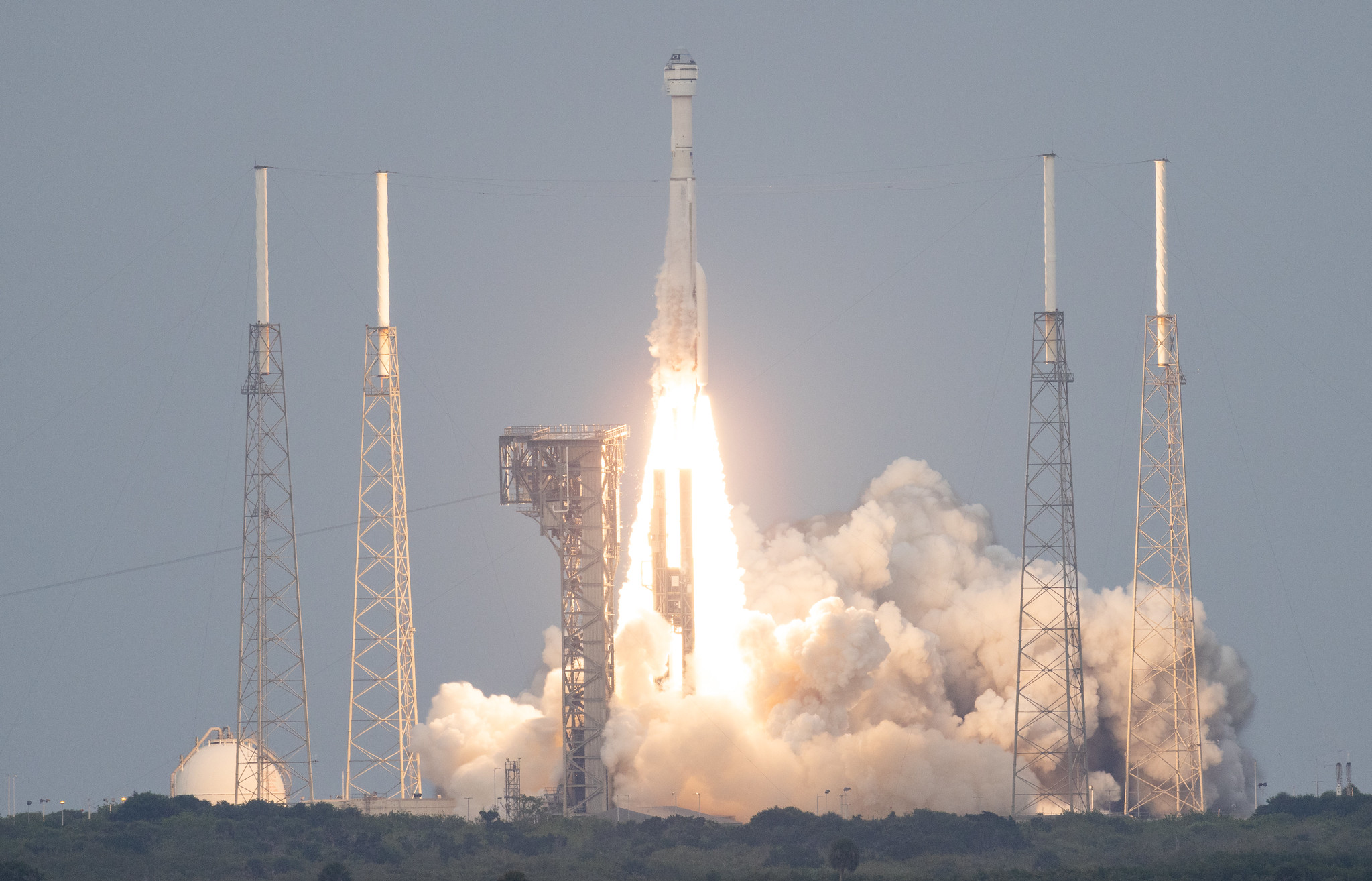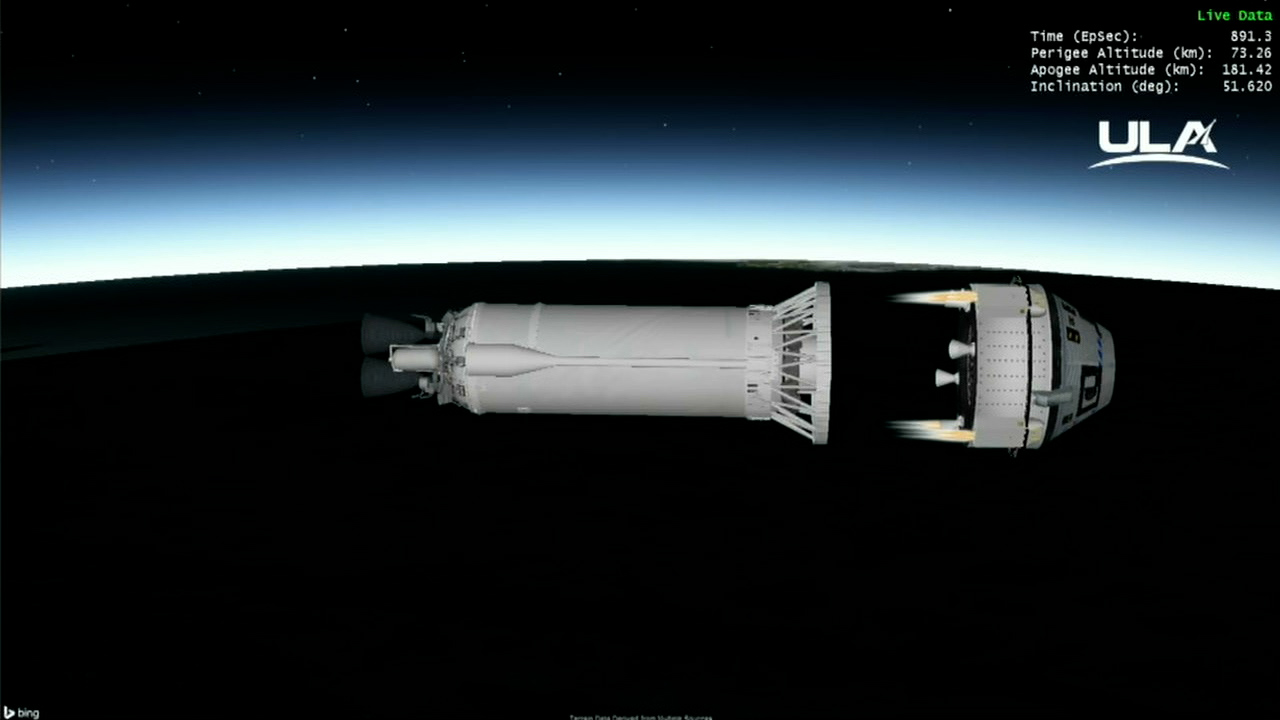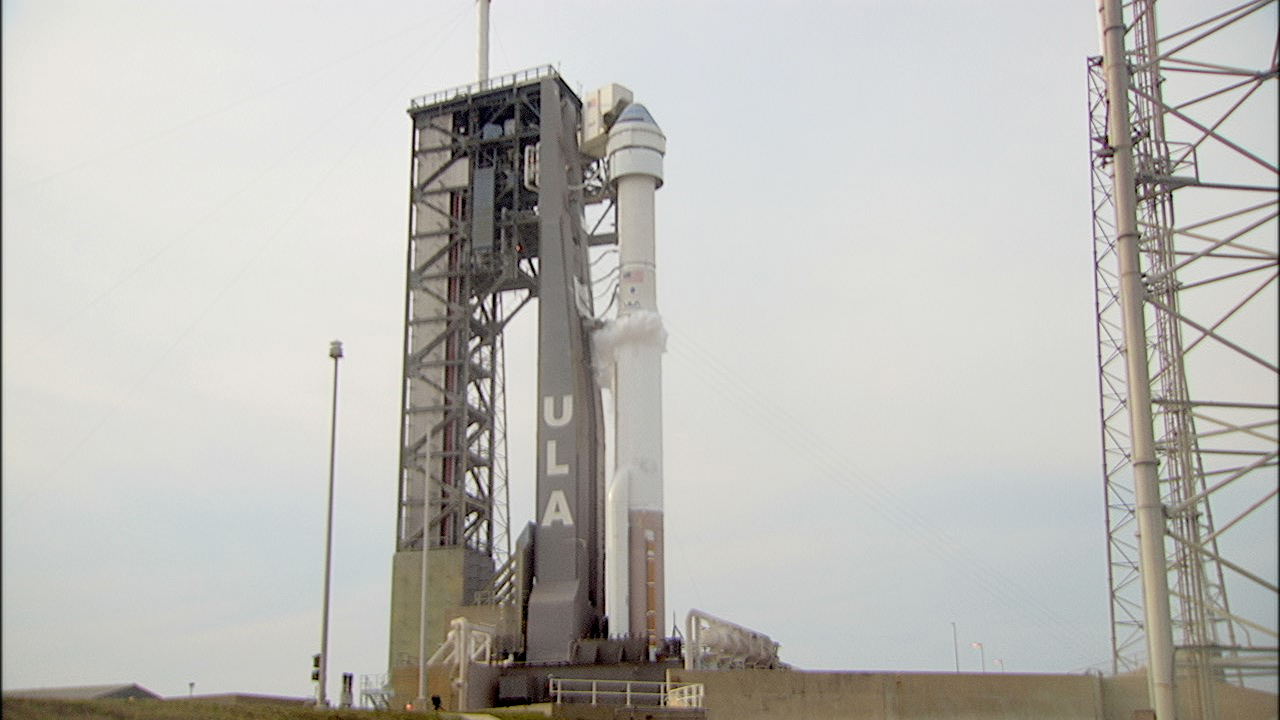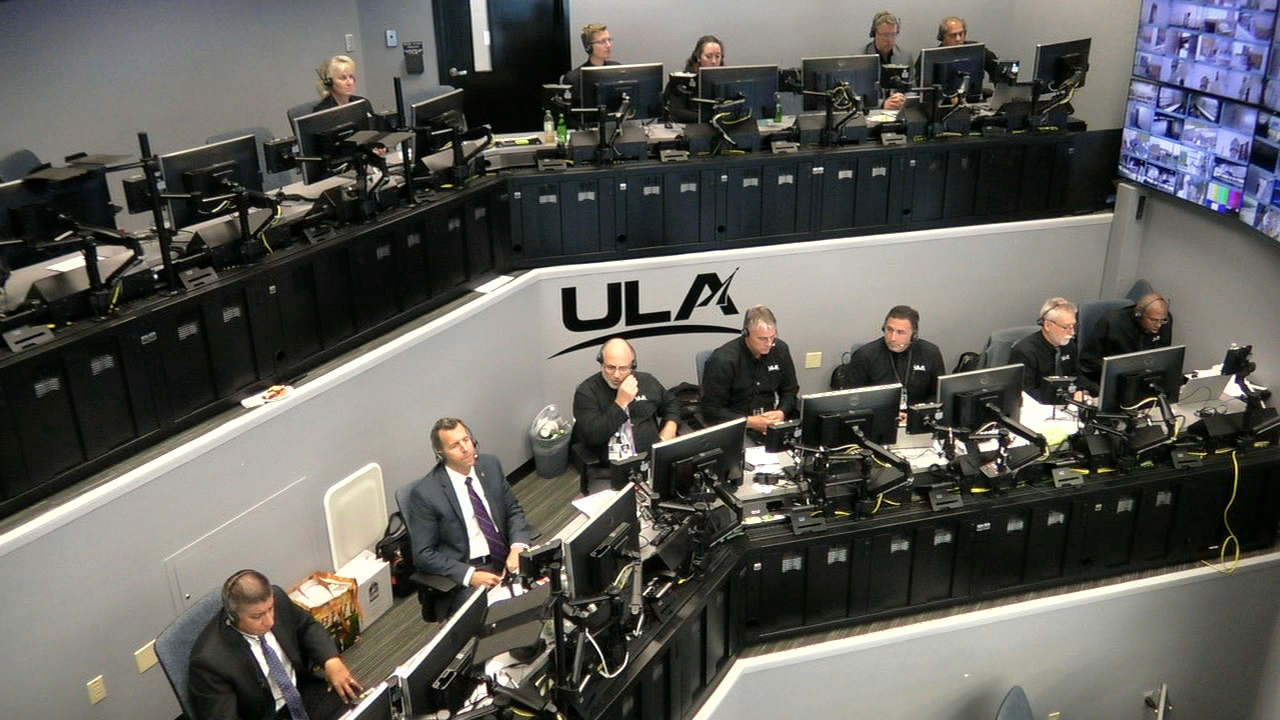
Following a review of the International Space Station operations, NASA’s Boeing Crew Flight Test now is targeting no earlier than Monday, May 6, for Starliner’s first launch with astronauts to the orbital complex. The date adjustment optimizes space station schedule of activities planned toward the end of April, including a cargo spacecraft undocking and a crew spacecraft port relocation required for Starliner docking. NASA and Boeing also are performing prelaunch closeout work and completing final certification for flight.
Starliner will carry NASA astronauts Suni Williams and Butch Wilmore to the space station for a docking to the forward port of the Harmony module. Ahead of Starliner’s launch, NASA’s SpaceX Crew-8 crewmates will board the Dragon spacecraft, currently docked to the forward port, for a relocation to the zenith port of Harmony to allow for Starliner docking. The date shift also allows additional time for the crew aboard the microgravity laboratory to complete science and cargo logistics ahead of the departure of the Dragon cargo spacecraft.
As part of the agency’s Commercial Crew Program, Starliner will launch on a United Launch Alliance Atlas V rocket from Space Launch Complex 41 at Cape Canaveral Space Force Station in Florida. Williams and Wilmore will spend about a week docked to the space station ahead of a return to Earth in the western United States. The flight test will help NASA verify whether the Starliner system is ready to fly regular crew rotation missions to space station for the agency.








